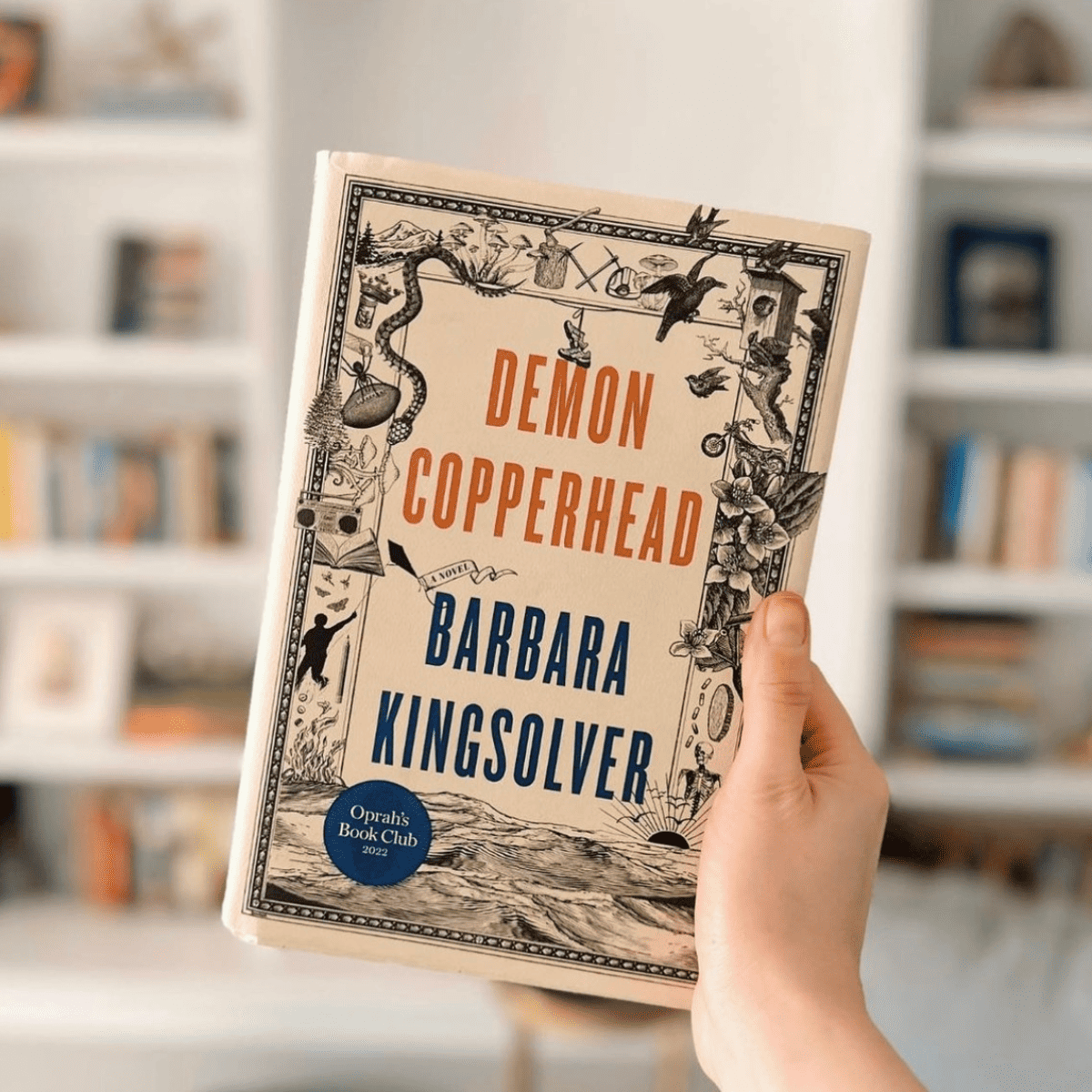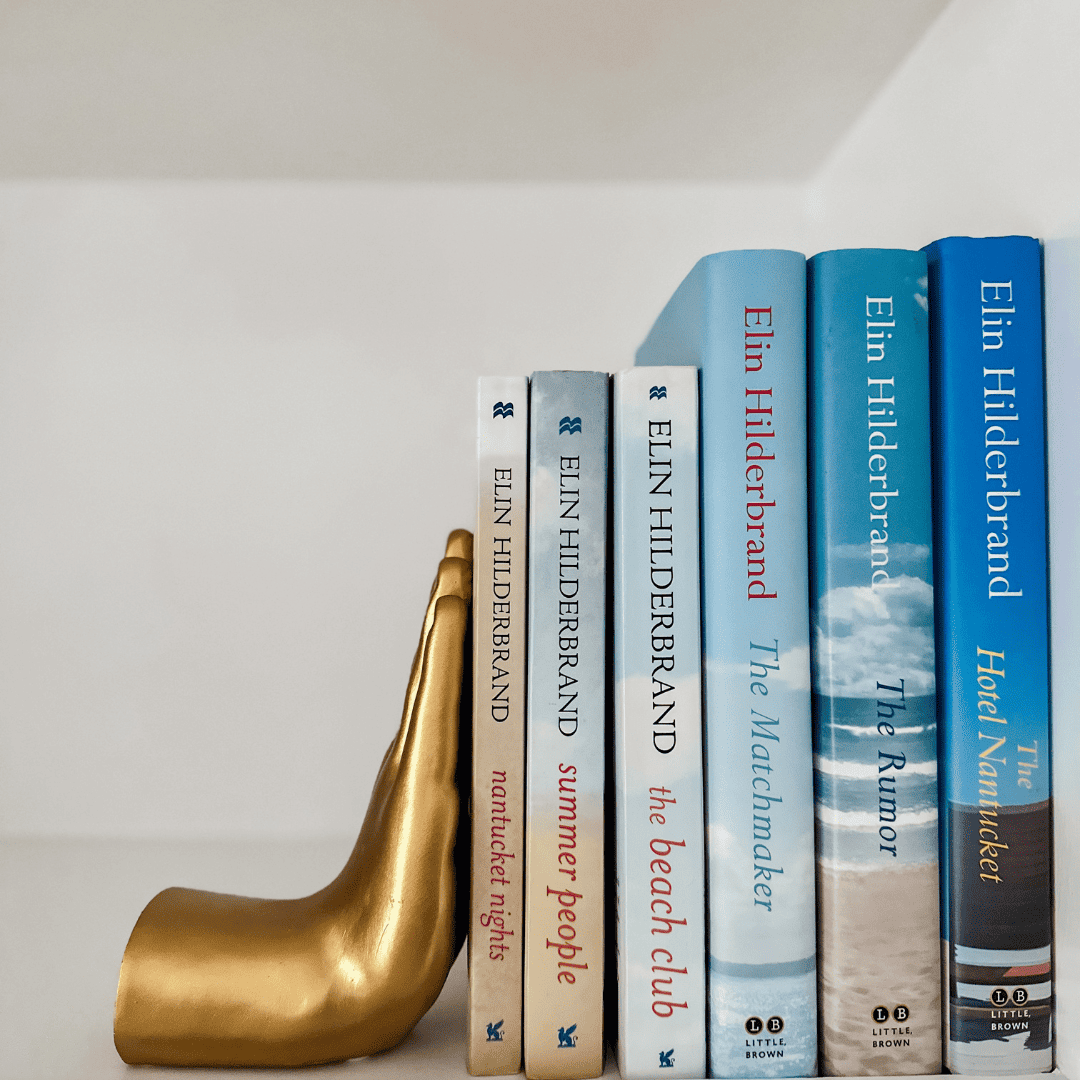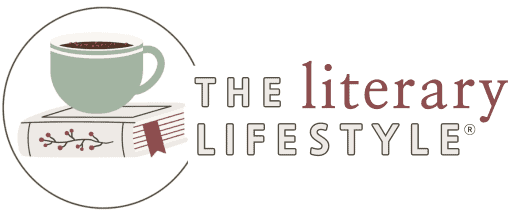If you are interested in the difference between paperback vs. hardcover books, this guide tells you everything you need to know, whether you are learning the basics or you are an author deciding how to publish your own book.

In short, paperback books and cheaper and less durable, but lighter and easier to carry. Hardcover books are more expensive and more durable, but heavier and harder to carry.
Keep reading for more specific details about paperback books and hardcover books in the guide below.
Frequently Asked Questions
Many people prefer reading a hardcover version of a book based on its larger size, durability, and premium quality. However, other people prefer to read paperback editions based on their lower cost, lighter weight, and easier ability to transport.
Generally, hardcover books are not cheaper than paperback books. When they are, it is likely because the publisher published more hardcover copies than sold and is willing to lower the price in order to recoup at least some of their costs.
Paperback and hardcover are the same in terms of a book’s content; however, a hardcover may include extra elements, like illustrations or a forward. They are different in terms of their look and feel, as well as the fact that hardcover usually costs more.
The biggest difference is that the cover of a paperback edition is soft. Paperback is often smaller and of a lower printing quality generally as well.
It depends. Paperback generally costs less and is lighter and easier to transport. However, a hardcover book is more durable and is printed with more premium quality.
Novels are often printed in hardcover a year or two prior to publication in paperback. The content is the same, except the hardcover edition may contain extra materials, such as forwards and illustrations. The paperback version is also usually cheaper.
The Differences Between Paperback vs. Hardcover Explained


What is the Difference?
Learn the difference between paperback vs. hardcover below:
- Answers to frequently asked questions about paperback vs. hardcover
- The meaning of paperback
- The meaning of hardcover
- The pros and cons of paperback vs. hardcover at a glace (visual chart)
- Which option is better for authors

Learn the meaning of paperback and the meaning of paperback with detailed attention to all their similarities and differences.
The Meaning of Paperback
Less Durable Cover
Paperback books have a thick paper or paperboard book cover that is easier to damage.
Some paperback books have a “French flap.” This means that the front and back cover have a folded section behind the cover, similar to a dust jacket on a hardcover book in order to make the paperback book look more like a hardcover book.
Bound by Glue
Paperbacks are bound by glue, which makes them less flexible. It’s also harder to get them lay flat when open. (However, you can use a book weight to keep it open.)
High-Quality Paper
The pages of a paperback book are usually comprised of high-quality, acid-free paper similar to hardcover books, but the pages can sometimes be thinner and less premium.
Smaller Size
The standard paperback size is about five or six inches wide by eight or nine inches high, and it weighs less than a hardcover. The font may also be smaller.
Lower Cost
Paper books are usually several dollars cheaper than hardcover books. This is because the materials cost less, and they are easier to mass-produce. The profit margin, then, is also smaller for paperback books.
Often Published After Hardcover
Publishers release paperback in order to offer a low-cost format of a particular title, either because it’s a less popular title that buyers won’t pay a premium for or, alternatively, because it’s so popular that the publishing company wants to give the consumer more purchasing options at lower prices.
For example, paperback editions of the massively bestselling Harry Potter books and Jane Austen books are available.
Further, paperback books are popular in the nonfiction genre, particularly if they are subject to require quick updates, such as in the fields of science and technology.
If the publication of a paperback version of a title follows the publication of a hardcover version (usually one to two years later), the pages are usually identical in print to those in the hardcover version, and the paperback version is usually close to the same size as the hardcover edition. However, paperback editions may not include additional content, such as forewords and illustrations.
Of note, most advanced review copies (ARCs) of books sent to book critics for review prior to the publication of a book are also printed in paperback format since it’s less expensive to print.
Related post: Paperback vs. Mass Market Paperback
The Meaning of Hardcover
More Durable Cover
As the name suggests, hardcover books have a “hard cover” — thick cardboard wrapped in cloth and (sometimes) covered with a matte or glossy paper dust jacket. The book title and author’s name are often stamped onto the binding.
Bound by Stapling or Stitching
Hardcover books are stapled or stitched together. This makes the spine more flexible and the book easier to lay flat when open.
High-Quality Paper
Similar to paperback books, hardcover books use acid-free paper. However, the paper may be thicker and have a more premium look.
Larger Size
Hardcover books generally measure six to eight and one-half inches by nine to eleven inches in the United States. So, they are either about the same size as a paperback or larger. The font may also be bigger and, thus, easier to read.
Higher Cost
While a hardcover book is more durable and premium than a paperback book, this also means that the higher quality comes at a higher cost to produce and to purchase as a consumer.
On the publishing end, the higher cost translates to higher profit margins.
Often Published Before Paperback Editions
Hardcover books, particularly popular fiction, are often published one to two years prior to paperback editions since the profit margins are higher for hardcovers.
Often, textbooks, children’s books, and coffee table books are printed only in hardcover editions due, in part, to consumer preference for these types of books.
Collector’s editions of popular books, such as the classics, may also be published in new hardcover format. For a stunning example, check out the Penguin Clothbound Classics.
The Pros and Cons of Each
Take a quick look at all the pros and cons of paperback vs. hardcover books in one easy-to-read spot.
| Paperback | Hardcover | |
| Cover | thick paper or paperboard cover | thick cardboard wrapped in cloth and covered with a dust jacket |
| Durability | less durable | more durable |
| Pages | high quality acid-free, pages that will not discolor or fade; sometimes thinner | high quality acid-free, pages that will not discolor or fade; sometimes thicker |
| Binding | glue | staples or stitching |
| Size | smaller size generally (five to six inches by six to nine inches in the United States) | larger size generally (six to eight and one-half inches by nine to eleven inches in the United States) |
| Font | smaller font size | larger font size |
| Space between lines | smaller space between lines | bigger space between lines |
| Weight | lighter | heavier |
| Price | lower price | higher price |
| Retailers | traditional, such as bookstores | traditional, such as bookstores |
| Distributor | entities in the book publishing trade | entities in the book publishing trade |
| Distribution | libraries and traditional retailers | libraries and traditional retailers |
| Book Cover | same or different | same or different |
| Also known as | trade paperback, soft cover book | hardback, hardbound, case-bound |
Which is the Best Option for Your Book?
If you are an author self-publishing a book, you will likely learn very quickly that hardcover printing can be exponentially more expensive and harder to come by. For these reasons alone, paperback printing is likely to be the more viable option both for you and your consumer.
However, you may want to consider whether your particular consumer is likely to prefer a hardcover edition. For example, if your book is one they will reference and use heavily over many years, or it’s a cookbook or a coffee table book they want to display, your buyers may prefer and be willing to pay for a hardcover copy.
Another reason you may prefer hardcover for your book is if you already have a large fan base that is likely to support the higher price point.
Lastly, if you print your book in hardcover first and it sells really well, you may be able to sell the paperback rights to a publisher.
Related Post: How to Promote a Book on Social Media for Authors
Conclusion
Now you know all the differences between paperback vs. hardcover books. To recap, in short, paperback books and cheaper and less durable, but lighter and easier to carry. Hardcover books are more expensive and more durable, but heavier and harder to carry.


